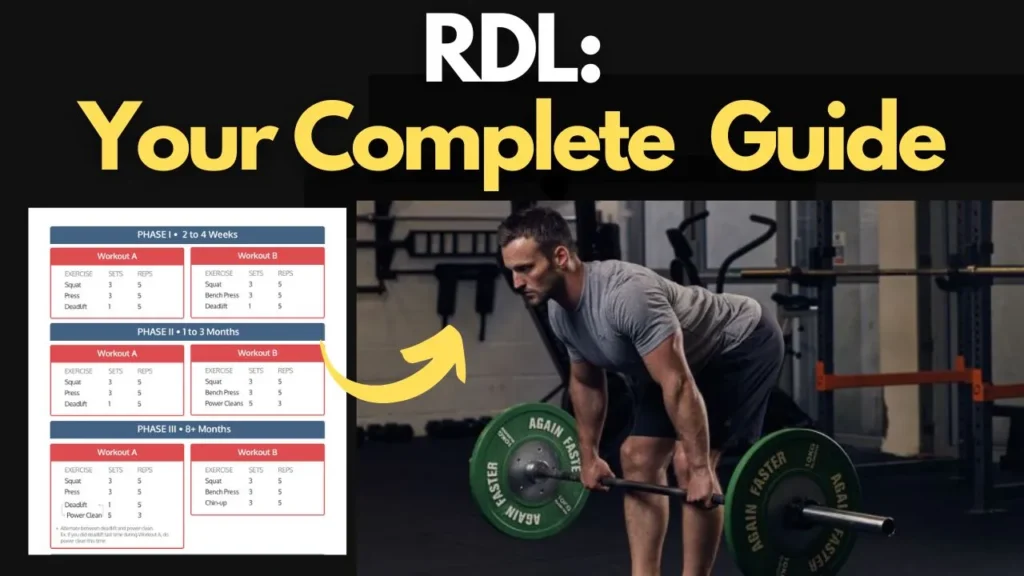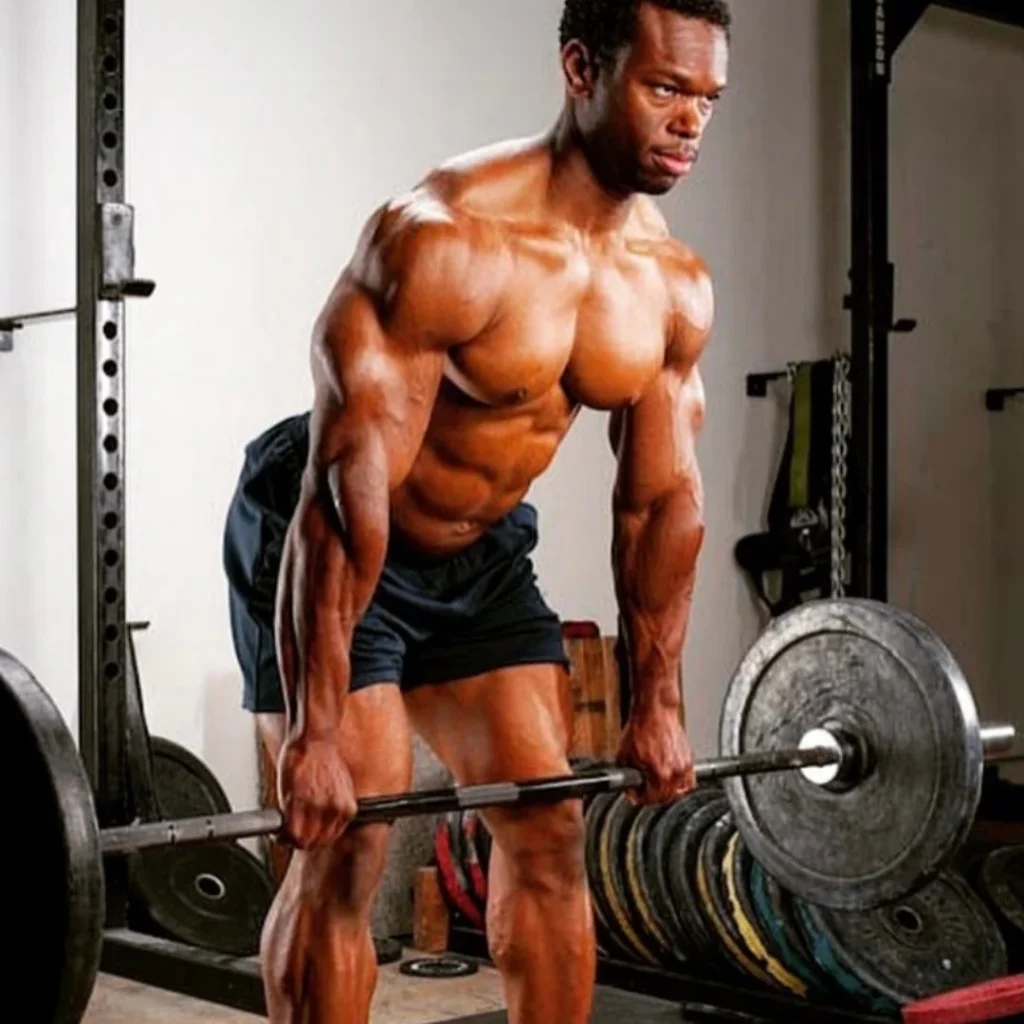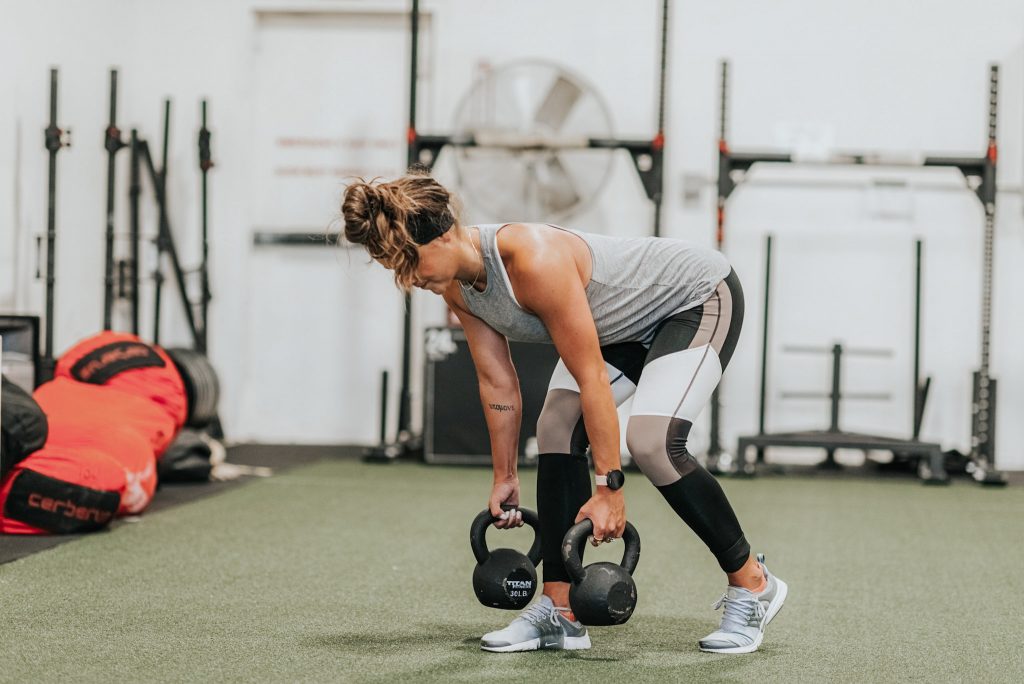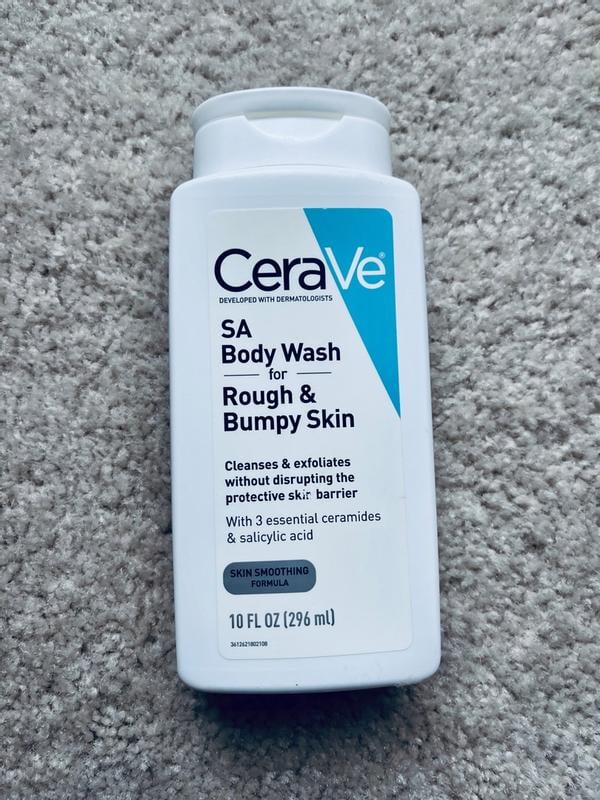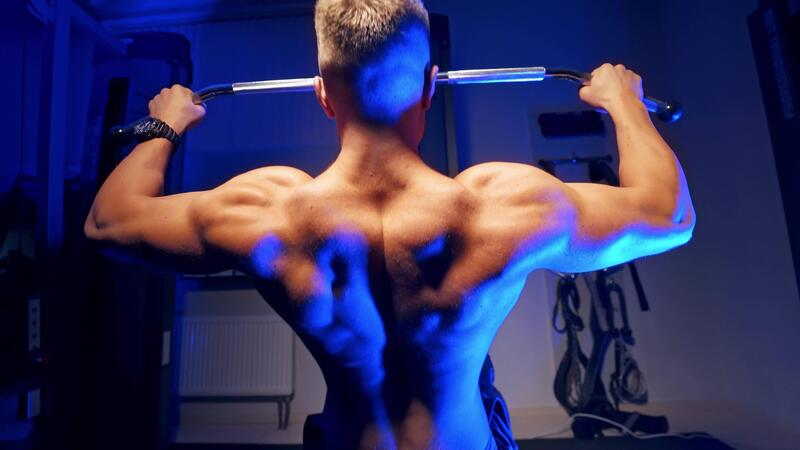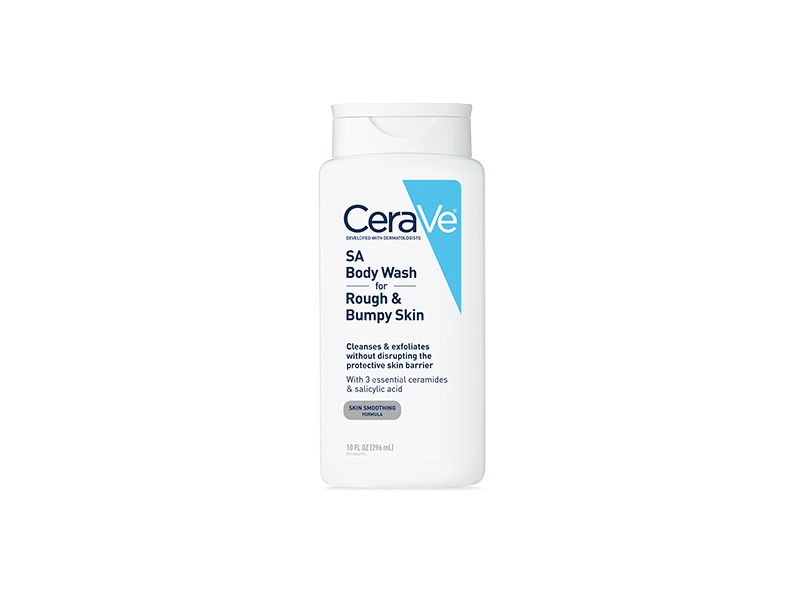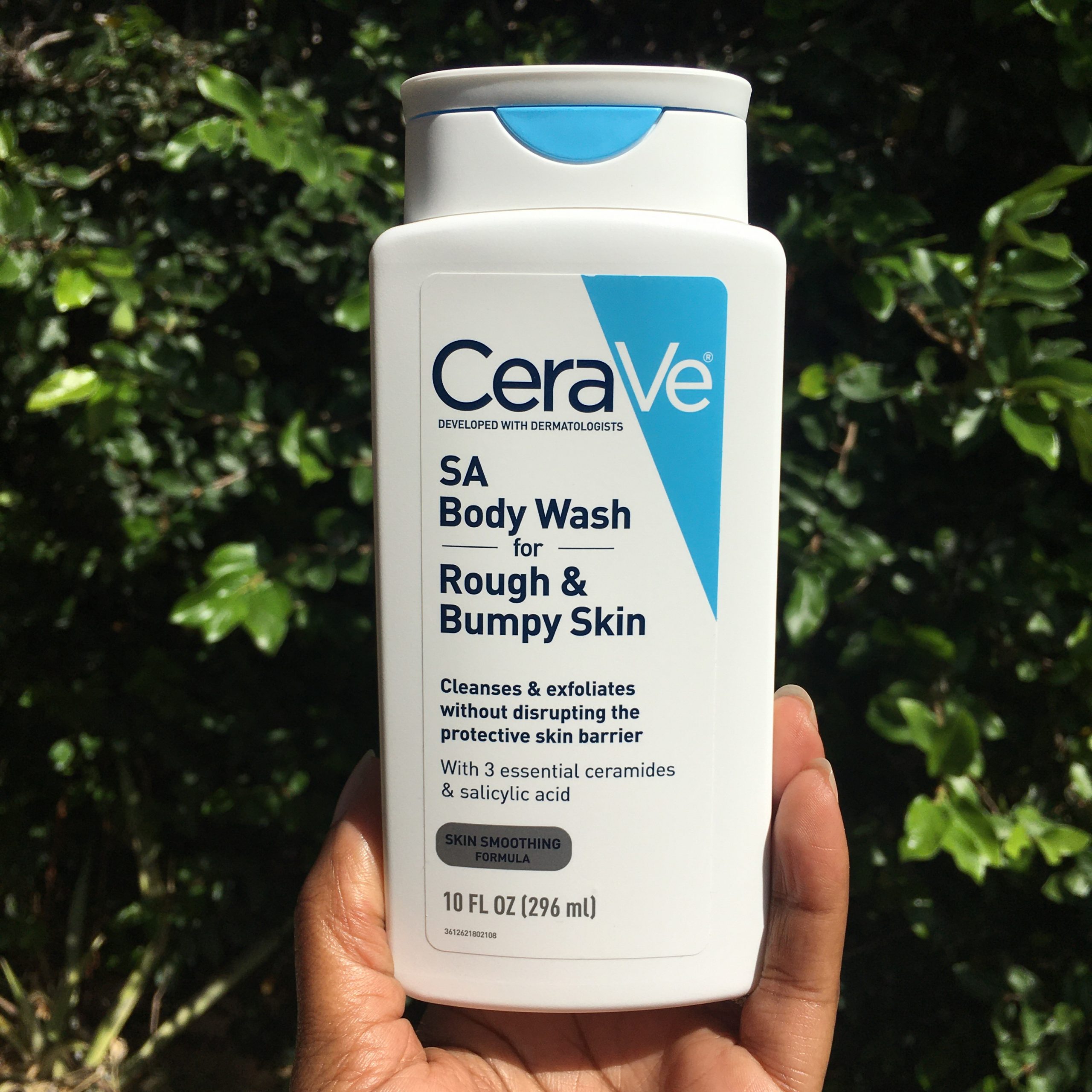RDL Workout – The Romanian Deadlift (RDL) is one of the most effective exercises for developing posterior chain strength—that means your hamstrings, glutes, and lower back.
Whether you’re an athlete, powerlifter, or simply looking to improve your overall physique and movement, RDLs belong in your workout plan.
In this guide, we’ll dive into what the RDL workout is, how to do it properly, its benefits, common mistakes, variations, and how to program it for your goals.
What Is an RDL Workout?
The RDL (Romanian Deadlift) is a hinge-based movement similar to the conventional deadlift but with a key difference: the knees stay slightly bent while the movement focuses on hip flexion and extension.
Rather than pulling weight off the ground, RDLs emphasize a controlled lowering of the barbell or dumbbells, creating a deep stretch in the hamstrings before returning to a standing position.
It’s often used in:
- Strength training
- Hypertrophy (muscle-building) routines
- Injury prevention and rehab
- Athletic performance programs
- Muscles Worked During RDLs
- The Romanian deadlift targets multiple muscle groups:
- Muscle Group Role in the Movement
- Hamstrings Primary mover during the hip hinge
- Glutes, Hip extension, and stabilizer
- Erector Spinae: Stabilize and extend the spine
- Core Maintains trunk stability
- Forearm grip strength when holding the weights
Benefits of the RDL Workout
1. Superior Posterior Chain Strength
RDLs emphasize the back side of your body, crucial for posture, athletic power, and injury resistance.
2. Improved Hip Mobility and Flexibility
The stretch you feel in your hamstrings helps increase flexibility and functional range of motion.
3. Enhanced Athletic Performance
RDLs train the hinge pattern—vital for sprinting, jumping, and explosive lower-body power.
4. Lower Back Stability
By strengthening the spinal erectors and core, RDLs support lower back health when performed with proper form.
5. Glute and Hamstring Growth
RDLs create significant time under tension, leading to hypertrophy in the glutes and hamstrings.
How to Perform the Romanian Deadlift (Step-by-Step)
Here’s how to perform the RDL safely and effectively:
Barbell RDL
Start Position
Stand tall with feet hip-width apart
Hold a barbell with an overhand grip in front of your thighs
Slight bend in the knees; back straight; core engaged
Lowering Phase
Push your hips back as if reaching toward a wall behind you
Keep the bar close to your body
Maintain a flat back; shoulders stay pulled back
Lower until you feel a deep stretch in your hamstrings (typically mid-shin)
Lifting Phase
Drive through your heels
Squeeze your glutes as you return to the starting position
Avoid using your lower back to lift the weight
Repeat
Perform 3–4 sets of 8–12 reps, depending on your goal
Common RDL Mistakes to Avoid
Rounding the Back
Leads to unnecessary spinal stress. Always maintain a neutral spine.
Bending the Knees Too Much
Turns it into a conventional deadlift. RDLs use a soft knee bend with a focus on hip hinge.
Dropping the Bar Too Low
Going below your flexibility range can compromise form. Stop at mid-shin or when your back begins to round.
Using Momentum
This reduces muscle engagement. Control the eccentric (lowering) phase for best results.
RDL Variations to Add to Your Workout
- Dumbbell Romanian Deadlift
A great alternative if you’re training at home or want to challenge balance and grip.
Pro Tip: Keep dumbbells close to your legs throughout the movement.
- Single-Leg RDL
Builds unilateral strength, balance, and core stability.
Pro Tip: Use light weights and focus on slow, controlled motion.
- Trap Bar RDL
Easier on the lower back and great for those with mobility limitations.
Pro Tip: Maintain an upright torso and hinge at the hips without squatting.
- Banded RDL
Adds constant resistance for glute activation throughout the movement.
Pro Tip: Ideal for warm-ups or rehab-focused training.
How to Program RDLs into Your Routine
Your RDL frequency and volume depend on your training goals.
Goal Sets x Reps Frequency
Strength 3–5 sets x 5–8 reps 1–2x per week
Hypertrophy 3–4 sets x 8–12 reps 2x per week
Endurance/Toning 3 sets x 12–15 reps 2–3x per week
Pair With:
Squats or lunges for full lower-body training
Hip thrusts or glute bridges for extra glute focus
Core stability work to support proper lifting
Who Should Avoid or Modify RDLs?
- While RDLs are generally safe, certain individuals may need to modify or avoid them:
- People with lower back injuries (consult a physio or trainer)
- Beginners unfamiliar with hip hinge mechanics
- Those with limited hamstring flexibility (use reduced range or light weights)
- Always warm up thoroughly and start light before progressing to heavier loads.
- Sample RDL Workout Routine (Lower Body Day)
Here’s how an RDL can fit into a balanced leg or posterior chain workout:
Warm-Up:
Glute bridges (2×15)
Hamstring curls (2×15)
Bodyweight RDLs (2×10)
Main Workout:
Barbell RDL – 4 sets x 8 reps
Walking lunges – 3 sets x 12 steps/leg
Bulgarian split squats – 3 sets x 10/leg
Glute ham raises or machine curls – 3 sets x 12
Calf raises – 3 sets x 15
Cool Down:
Foam roll hamstrings and glutes
Stretch hip flexors and hamstrings
Final Thoughts: Why You Should Be Doing RDLs
Whether you’re training for strength, aesthetics, athletic performance, or injury prevention, the RDL workout is a must-have in your lower body routine.
It builds foundational strength in your hamstrings, glutes, and lower back—often neglected yet critical for long-term health and performance.
With proper form and consistency, RDLs can lead to better lifts, faster sprints, and a stronger, more stable

